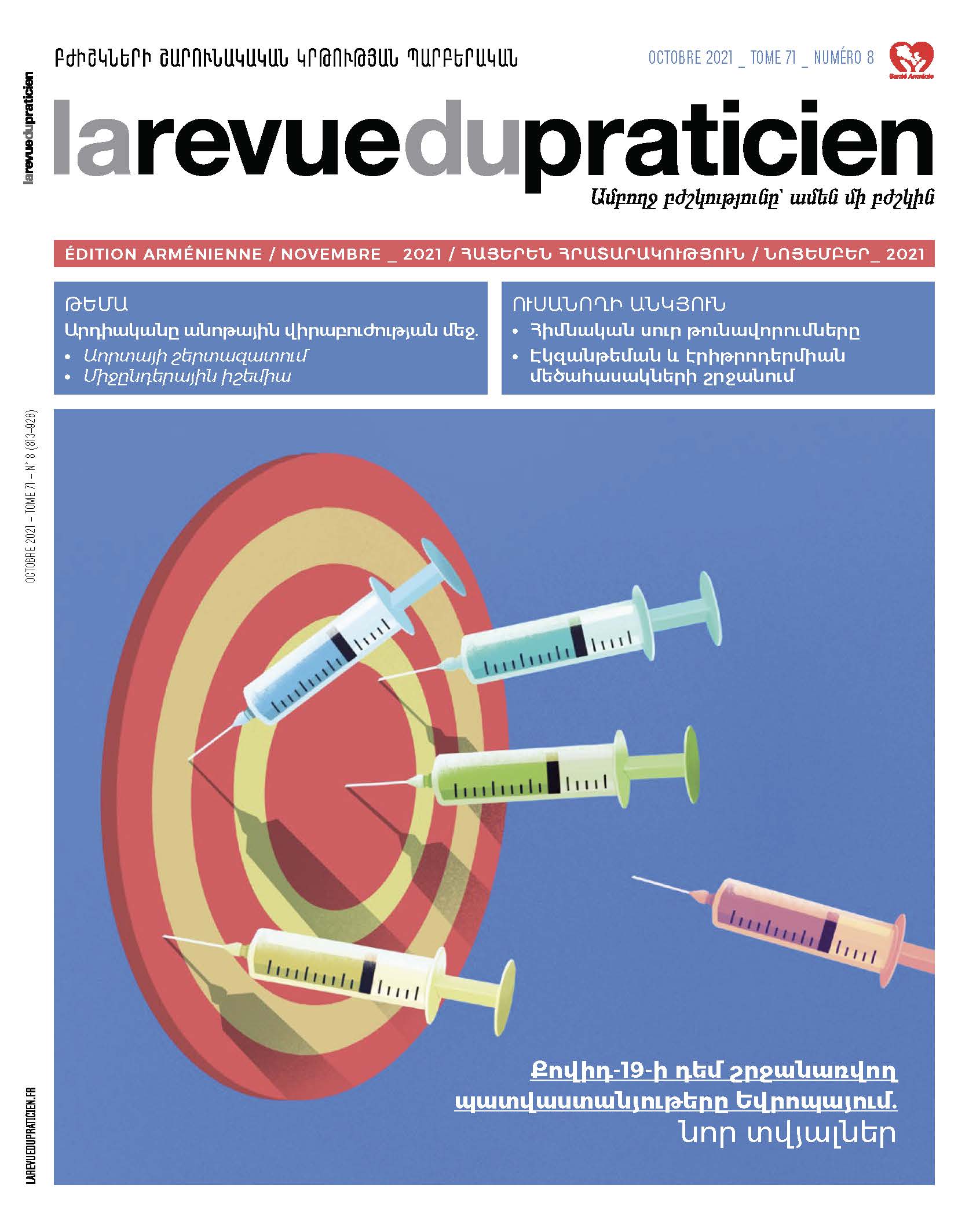Aortic dissection after the acute phase 24
Jean-Marc Alsac.Abstract
After the acute phase, it is imperative that patients who have presented with aortic dissection can be followed clinically and morphologically. The antihypertensive medical treatment must be adapted, and the dissected aorta must be monitored by CT scans, given the risk of aneurysmal development and secondary rupture it represents. Certain predictive factors of aneurysmal progression could make it possible to offer a subgroup of patients at risk a more aggressive surgical management of their aortic dissection, using endovascular procedures currently under evaluation.
